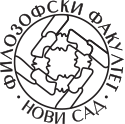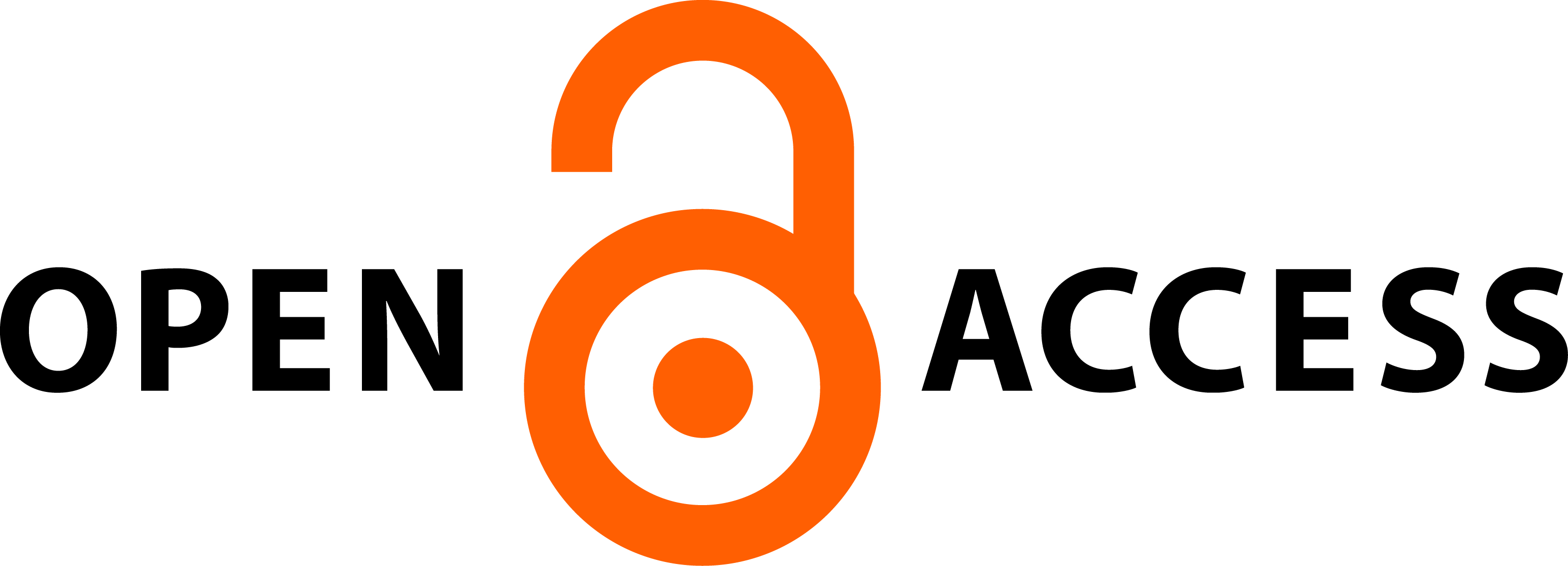A GYERMEKEK SPONTÁN BESZÉDÉNEK JELLEMZŐI
Absztrakt
A tanulmány célja, hogy korpusznyelvészeti vizsgálatok – szógyakoriság- és kulcsszóelemzések – segítségével tárja fel a kutatásban részt vevő gyermekek nyelvhasználatának tulajdonságait, különös tekintettel szókincsük összetételére. A kutatás alapjául szolgáló KorSzak Gyermeknyelvi Korpusz (Baumann et al. 2020) pedagógiai célú, dinamikus korpusz, amely jelenleg huszonkilenc adatközlő, 11–15 éves gyermek 78 felvételéből áll. A videó- és hangfelvételek során a gyermekek egy-egy adott témáról (például állatok, szabadidős tevékenységek) párban vagy kiscsoportban beszélgetnek szabadon. A jelen tanulmányban bemutatott eredmények egy PhD-képzés során készült kutatás részét képezik, amelynek célja a formulaszerű nyelvhasználat és lexikogrammatikai mintázatoknak a korpuszban történő megfigyelése, valamint az eredmények felhasználásával egy korpuszinformált gyermekek számára szerkesztett magyar mint idegen nyelvi tananyag készítése.
Hivatkozások
Biber, Douglas – Reppen, Randi. 2002. What does frequency have to do with grammar teaching? Studies in Second Language Acquisition (24): 199–208.
Conrad, Susan. 2000. Will corpus linguistics revolutionize grammar teaching in the 21st century? TESOL Quarterly (34): 548–560.
Hoey, Michael. 2005. Lexical priming: A new theory of words and language. Abingdon, England: Routledge.
Hunston, Susan. 2002. Corpora in applied linguistics. Cambridge: Cambridge University Press.
Hunston, Susan. 2022. Corpora in Applied Linguistics. Cambridge: Cambridge University Press.
Kaltenböck, Gunther – Mehlmauer-Larcher, Barbara. 2005. Computer corpora and the language classroom: on the potential and limitations of computer corpora in language teaching. ReCALL (171): 65–84.
Kilgarriff, Adam. 2015. Statistics used in Sketch Engine. https://www.sketchengine. eu/wp-content/uploads/ske-statistics.pdf (2023. jan. 31.) KorSzak Gyermeknyelvi Korpusz. 2020. Sketch Engine.
McCarten, Jeanne. 2010. Corpus-informed course book design. In A. O’Keeffe & M. McCarthy (Eds.), The Routledge Handbook of Corpus Linguistics. 413–427. London: Routledge.
McEnery, Tony – Xiao, Richard – Tono, Yukio. 2006. Corpus-based language studies: An advanced resource book. London: Routledge.
Meunier, Fanny – Reppen, Randi. 2015. Corpus versus non-corpus-informed pedagogical materials: grammar as the focus In The Cambridge Handbook of English Corpus Linguistics, Biber, D., Reppen, R. (Eds.) Cambridge: Cambridge University Press.
O’Keefe, Anne – McCarthy, Michael – Carter, Ronald. 2007. From Corpus to Classroom: Language Use and Language Teaching. Cambridge: Cambridge University Press.
Sketch Engine é. n. a. Wordlist – frequency lists and linguistic datbases. https://www.sketchengine.eu/guide/wordlist-frequency-lists/ (2023. jan. 31.)
Sketch Engine é. n. b. Keywords and term extraction – identifying typical words. https://www.sketchengine.eu/guide/keywords-and-term-extraction/ (2023. jan. 31.) Sketch Engine é. n. c. huTenTen: Corpus of the Hungarian Web. https://www.sketchengine.eu/hutenten-hungarian-corpus/ (2023. febr. 4.)
Sketch Engine é. n. d. Trial and paid account limitations. https://www.sketchengine. eu/guide/account-limitations/ (2023. febr. 4.)
Szita Szilvia – Pelcz Katalin. é. n. MagyarOK teaching materials for Hungarian, levels A1 to B2. https://app.sketchengine.eu/#dashboard?corpname=preloaded%2Fmag yarok_hp2 (2023. febr. 4.)








